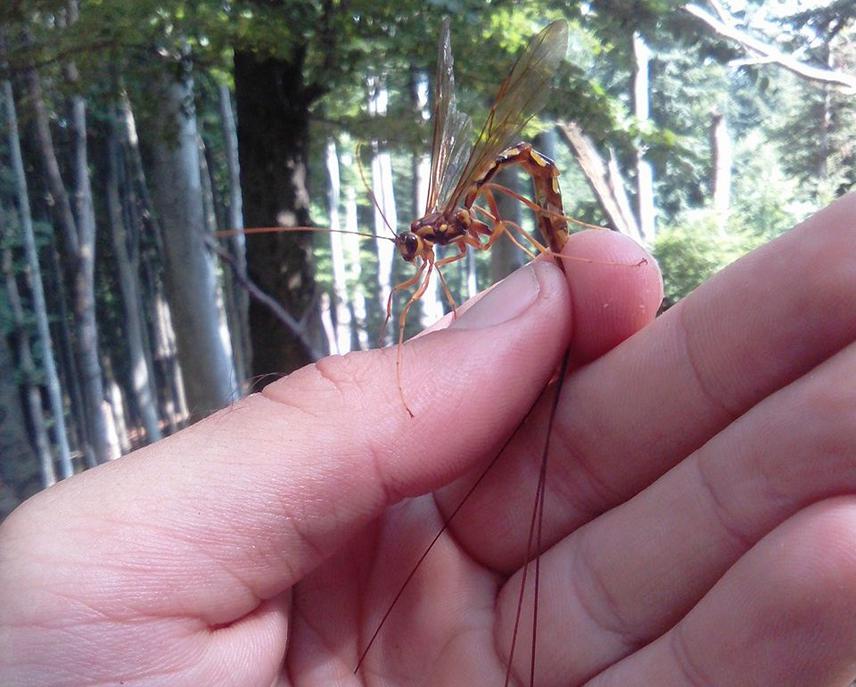Oleksandr Varga
Other projects
24 Jun 2014
Diversity and Conservation of Ichneumon-Wasps Communities as Indicators of the Condition of the Natural Carpathian Forest Ecosystems, Ukraine
This study will be focused on diversity and conservation aspects of the Ichneumon-wasps as possible indicators of condition of the natural Carpathian forests ecosystems, with the special attention to the Transcarpathian area: beech and oak forests. We are going to continue outreach activities aiming to share knowledge with foresters, students and attract attention of general public to role of these insects in the forest ecosystems and prove the necessity of their protection and including ichneumon-wasps monitoring into the integrated monitoring programs of the nature protected areas as integral part of a long-term biodiversity strategy for this areas.

This study will be focused on diversity of Ichneumon-wasps fauna across natural forests of the Ukrainian Carpathians, especially Transcarpathian deciduous forests. Our previous investigation (RSG project) showed a high biodiversity richness of these insect communities: a large percentage of rare Rhyssinae (some species are included into the Red databook of Ukraine) and Acaenitinae (koinobionts) species were found in the primeval beech forests near Mala Ugolka, Kvasy, etc. Koinobionts, many of which are adapted to an endoparasitic way of life, are usually more specialised than idiobionts, and are thus probably better adapted to stable late succession habitats (primeval forest ecosystems in our case). Furthermore, habitat fragmentation affects parasitoids more than their hosts, suggesting that parasitoids might be more sensitive to habitat change (Hilszczanski et al., 2005). Saproxylic parasitoids may thus act as important early indicators of changes in the forest ecosystems that will eventually affect forest biodiversity and ecosystem function. In addition, the Transcarpathian oak forest of the Chorna Gora Mountain (near Vynogradiv) was found to be unusually warm habitat in central Europe with a significant part of Mediterranean species. Thus, we plan to concentrate our attention on these territories (Transcarpathia) to collect more data and found new unstudied unique localities. It will help to finish preparation of the nomination for some large Rhyssinae and Acaenitinae species for the Red databook of Ukraine and expand knowledge about already protected species. The cooperation with Vasyl Stefanyk Precarpathian National University and administrations of nature protected organisations on problems associated with the research and protection of the unique Carpathian forests, and interpretation of ecological information for peoples will help to strengthen a platform for first steps in conservation of parasitoids. The field work will be conducted in several localities of the Carpathian Biosphere Reserve, Uzhanskyi National Nature Park, ‘Zacharovanyi Krai’ Nature National Park, Gorgany Nature Reserve.
Activities:
1) Scientific investigation of the Carpathian ichneumonid parasitoids communities.
2) Training (especially including field practice) for staff and foresters of the nature protected areas, and students.
3) Preparation of publicity and advisory materials.
4) Monitoring network development.